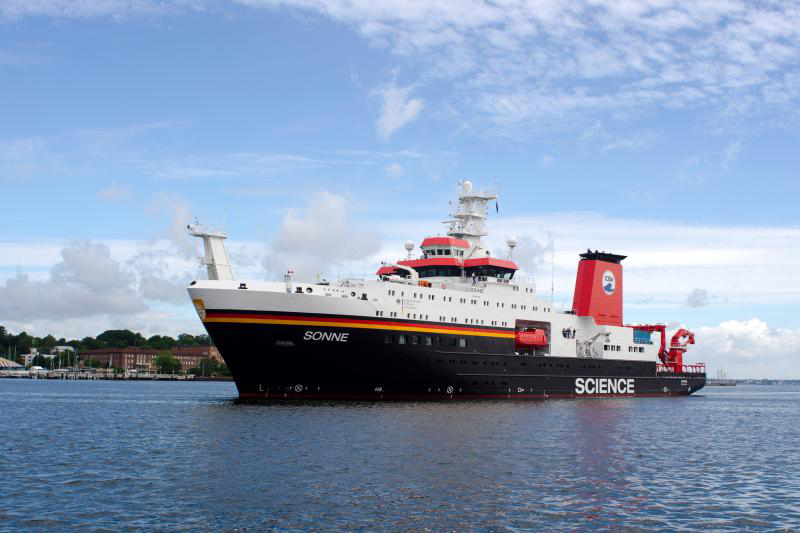SONNE SO279
- Area:
- North Atlantic gyre
- Time:
-
04.12.2020 - 05.01.2021
- Institution:
- GEOMAR
- Chief scientist:
- Aaron Beck
This cruise is part of a multi-disciplinary research initiative investigating the origin, transport and fate of plastic debris from estu-aries to the oceanic garbage patches. NAPTRAM contributes to the JPI-Oceans project HOTMIC (“HOrizontal and vertical oceanic distribution, Transport, and impact of MI-Croplastics”) and the BMBF funded project PLASTISEA (‘Harvesting the marine Plas-tisphere for novel cleaning concepts’). The main focus will be on the vertical transfer of plastic debris from the surface and near-surface waters to the deep sea of the N Atlantic gyre and on the processes that mediate this transport. In addition, the transit of the vessel to and from the working area will be used for sampling along lateral transport pathways and to test the relative importance of surface currents and eddies for surface transport of (micro)plastic debris. The obtained data will help to develop quantitative models that provide information about the level of plastic pollution in the different com-partments of the open ocean (surface, water column, seafloor), as well as transport and alteration from coastal sources to the deep ocean sink. Furthermore, the effects of plastic debris on marine organisms in the open ocean will be assessed. Samples from the proposed cruise will provide data about the: (1) abundance of plastic debris including sizes <10 µm, and the composition of polymer types in the water column at different depths from the sea surface to the seafloor including the sediment, (2) abundance and composition of plastic debris in suspended and sinking particles (“marine snow”), in pelagic and benthic organisms (invertebrates and zooplankton), and in fecal pellets, (3) abundance and the identity of biofoulers (mi-crobes, macro-algae, and meso- and macro-fauna) on the surface of plastic debris from different water depths, (4) identification of chemical compounds (“additives”) in the plastic debris and in water samples.



